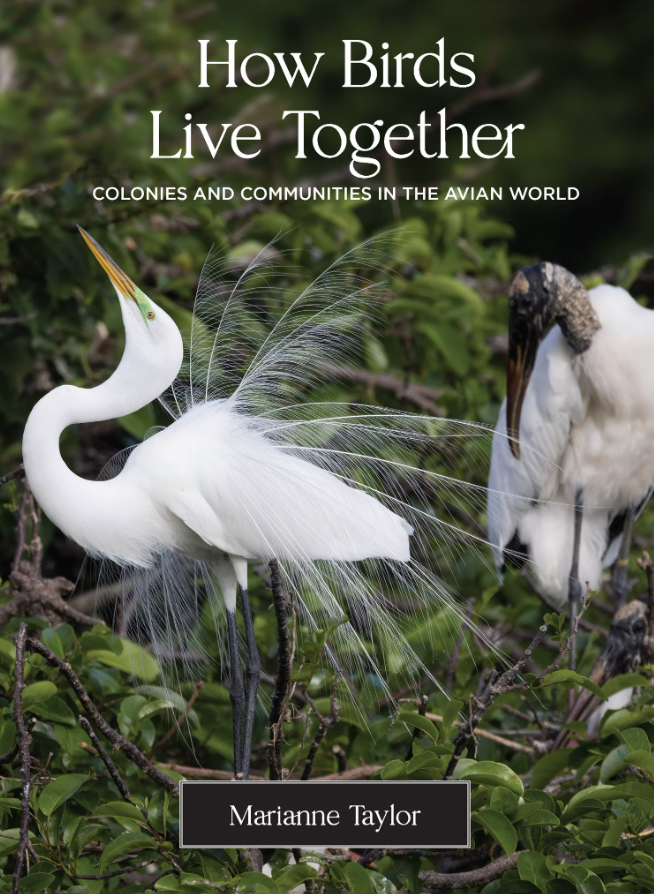How Birds Live Together
- How Birds Live Together: Colonies and Communities in the Avian World by Marianne Taylor (Princeton University Press, New Jersey, 2022).
- 224 pages, 158 photos, 11 illustrations, 28 maps, 11 figures.
- ISBN 9780691231907. Hbk, £25.
- Bookshop from £23
Birds are intriguing beings, not least because of their sociability. While many form pairs and will nest on their own, a large number of species form closely packed communities much like our own – and perhaps that's part of their allure.
This survey of birds' communal behaviour by former Birdwatch Staff Writer Marianne Taylor provides a broad and thorough compendium of how and why birds band together in colonies in a readable and fact-packed style.
The book's chapters sweep through the major kinds of bird colony: the garrulous and pungent tenements of seabirds, the adjacent matted mounds of large waterbirds, the sandy tunnels of martins and bee-eaters, the dangling intricacies of communally inclined parrots and seedeaters, and the pebble-dashed seafront properties of penguins and terns. As we visit, we are threatened by snakes, parasitised by anis and predated by Arctic Foxes. Death rains from above via Western Marsh Harriers and a drought-inducing sun, and you become emotionally invested in the birds’ survival almost as if you're watching The Living Planet.
It's not all red in tooth and claw, though. There is room for altruism and neighbourliness, as fairywrens snuggle up and starlings retain social distancing on telegraph wires. I was pleased to see the colony of Black-billed Gulls nesting in earthquake wreckage in Christchurch, New Zealand (see Birdwatch 333: 6-7), presented alongside other urban opportunists such as European Herring Gulls and Peregrine Falcons – the book is up-to-date and well-researched.
As might be expected in such a detailed overview, there is plenty of fascinatingly esoteric information and the book also succeeds in presenting more well-known subjects in a pleasingly original light. Having shown how colonial life can represent safety (and peril) in numbers, the book ends with a summary of flocking movements and how high levels of 'sociality' in migrating birds can even produce new species, using the example of the colonial Rook and its closest relative, the pair-oriented Hawaiian Crow.
This is a fascinating read for all, and the ideal present for the nascent twitcher to show there's more to birding than identification.



